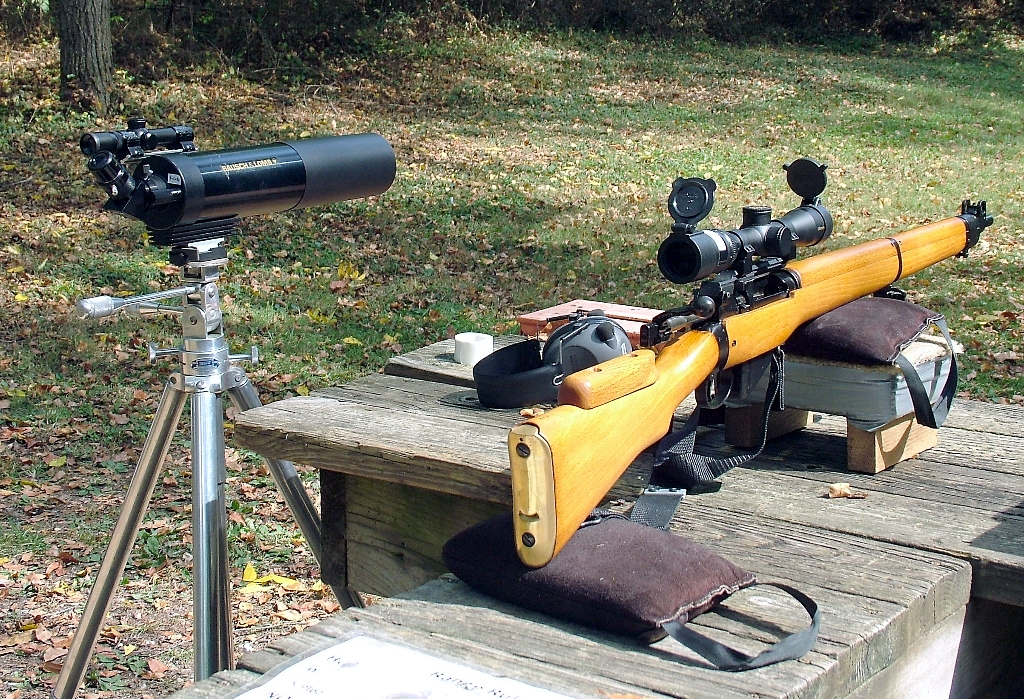BFMIN
Ultimate Member
Maybe this will help.
This is INTERNAL to the scope & so doesn't include things like water vapor in the 200 yds of air, mirage caused by temperature variations & so on.
BUT.
It is an absolute for "how small a thing can I see at what distance".
Telescopes are graded in "arc seconds".
That's 1/60th of a minute of angle. Which is (roughly) 1" @ 100 yds.
That's 2" @ 200 yds, divided by 60 to convert back to seconds from minutes.
So its 0.03" recurring, for a .22 diameter hole (approximately to keep the math simple).
There's a rule of optics that says you need 1" of open aperture per 20X of magnification. Open aperture is front (objective) lens diameter minus any obstruction (like a front mirror).
So to get your .22" hole visible you need the magnification to bring the 0.03 Arc Second target into the operating range of the telescope.
So.
look up the resolution.
figure out the magnification to bring it into the resolving power of the scope & divide by 20.
THAT is the Open Aperture of the scope defined.
Let me promise you this a 90mm (3.5") aint even close to making it!
A quick guess & a bit of basic math says you MUST have a minimum of an 8" objective mirror, but a 10" would be better, to get that kind of magnification & resolution.
An 8" runs about $1050~ 1600, without erecting prisms & eyepieces!
a 10" is much more at $2200~ 3050.
This is INTERNAL to the scope & so doesn't include things like water vapor in the 200 yds of air, mirage caused by temperature variations & so on.
BUT.
It is an absolute for "how small a thing can I see at what distance".
Telescopes are graded in "arc seconds".
That's 1/60th of a minute of angle. Which is (roughly) 1" @ 100 yds.
That's 2" @ 200 yds, divided by 60 to convert back to seconds from minutes.
So its 0.03" recurring, for a .22 diameter hole (approximately to keep the math simple).
There's a rule of optics that says you need 1" of open aperture per 20X of magnification. Open aperture is front (objective) lens diameter minus any obstruction (like a front mirror).
So to get your .22" hole visible you need the magnification to bring the 0.03 Arc Second target into the operating range of the telescope.
So.
look up the resolution.
figure out the magnification to bring it into the resolving power of the scope & divide by 20.
THAT is the Open Aperture of the scope defined.
Let me promise you this a 90mm (3.5") aint even close to making it!
A quick guess & a bit of basic math says you MUST have a minimum of an 8" objective mirror, but a 10" would be better, to get that kind of magnification & resolution.
An 8" runs about $1050~ 1600, without erecting prisms & eyepieces!
a 10" is much more at $2200~ 3050.


